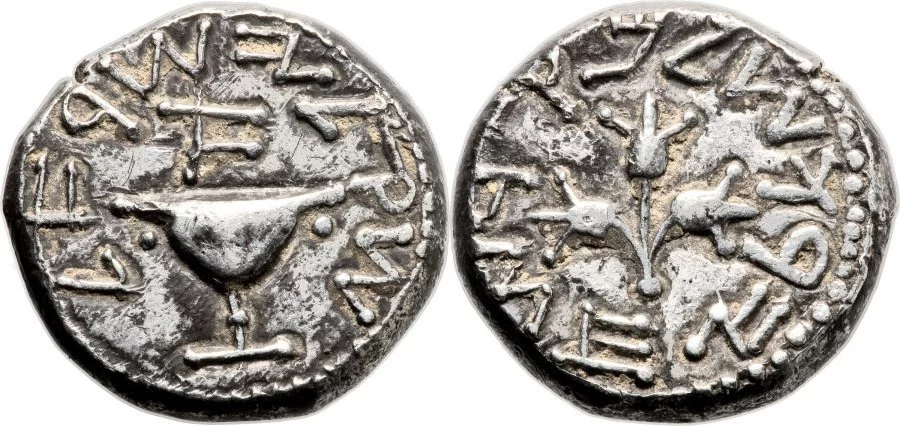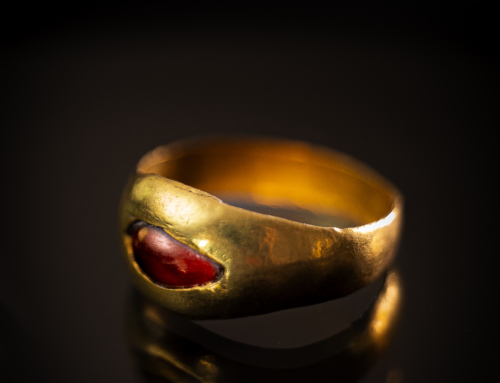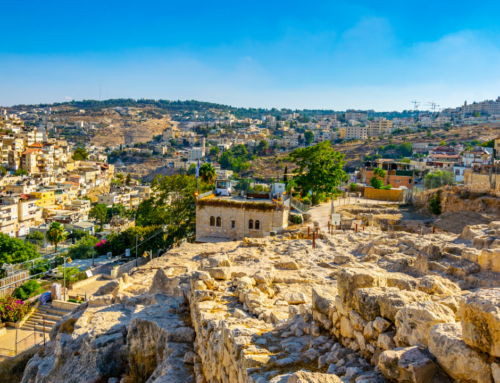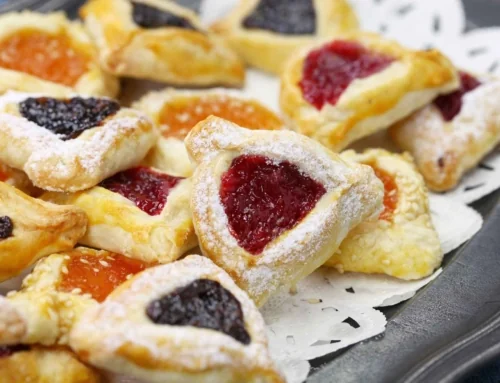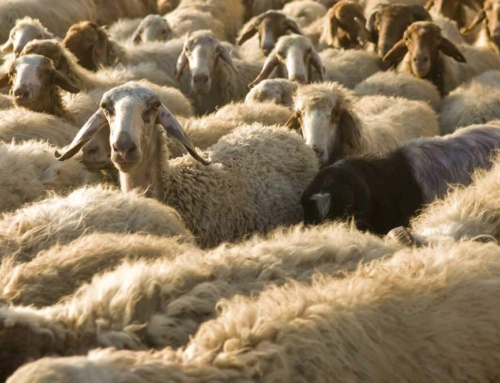Money is an important part of modern economies that derived originally from assigning value to precious metals and other naturally occurring resources. Things such as gold, silver, copper and emeralds were seen to hold value that was then used in exchange for other desired items. Money in ancient Israel was no different.
When Israel was established, most money in Israel was still based not on actual money but on the currency of trade. Livestock held great value, so you could trade livestock for items needed. This also included the aforementioned precious metals and jewels. Currency was in the form of coins, made from the precious metals but the fact that coin name was actually the unit of weight of the metal and the value was somewhat negotiable and variable. We know that today a shekel has a more defined value (about 1/3 of that of a US Dollar). Then, a shekel as not a defined coin, but instead that it was a shekel of gold, like saying you have an ounce of gold.
Other weights of gold and silver included bekahs, talents, minas and siglos. A mina was worth about 50 shekel of gold. A “talent” was about 3000 shekels. Bekahs were about half a shekel and an important weight in relation to the Temple and Tabernacle upkeep.
Designated Money in Ancient Israel
The oldest discovered money in ancient Israel were coins from around the 6th century BC. These coins were not Judean however, but they were actually Greek! They were brought to the area likely by merchants. Within a few centuries however there were coins that were replicas of these coins designed as money in Ancient Israel. They had images on them, some included a bird, or a chariot, or other designs and said “Yehud” on them, which is the Aramaic word for Judea.
The actual start of dedicated coinage as money in ancient Israel was not until the Hasmonean Era. This was during the 2nd century BC. Unlike the above Greek inspired coins, these coins kept to the Law and did not use any images of any living creatures, man or beast. Instead, their images stuck to images associated with Jewish legends, such as wreaths, anchors and other inanimate objects.
The Romans also introduced money into the Judean culture. Roman coins are frequently found from the time of Jesus throughout the land. In fact, so many are found that you can buy them as souvenirs!
This particularly came to be when a half-shekel Temple Tax coin, which was made of silver and was around 6.9 grams. This coin was a yearly contribution of Jews to the Temple for its upkeep and operation.
Money in Ancient Israel During the Revolts
During the Jewish revolt in 66 AD, Jews created their own coins to differentiate themselves from the Romans. These coins were made from Temple storage and they depicted images of pomegranates and a chalice and said things like “The Freedom of Zion” and “Jerusalem the Holy”. They eventually went to the use of bronze coins before the Romans defeated them and took back Jerusalem. One of these original coins sold at auction for 1.1 million dollars!
When the Bar Kokhba Revolt occurred, between 132-135 AD, silver and copper coins were minted. These coins depicted grapes, lyres, palms, trumpets, and the Temple. The verbiage used was “Year Two to the Freedom of Israel”, “To the Freedom of Israel”, and “Sh’imon”. “Sh’imon” was in honor of the revolt leader nay the same name, otherwise known as Simon.
Money In Ancient Israel Alive Today
Today, modern Israel still uses the shekel as its main currency denomination. It is worth about a 1/3 of the US dollar’s value. When you are in Israel, you will see the little coins and paper bank notes of varying amounts. Like most currency, it features prominent historical figures and events and the coins feature capitals, trumpets, menorahs, etc.

